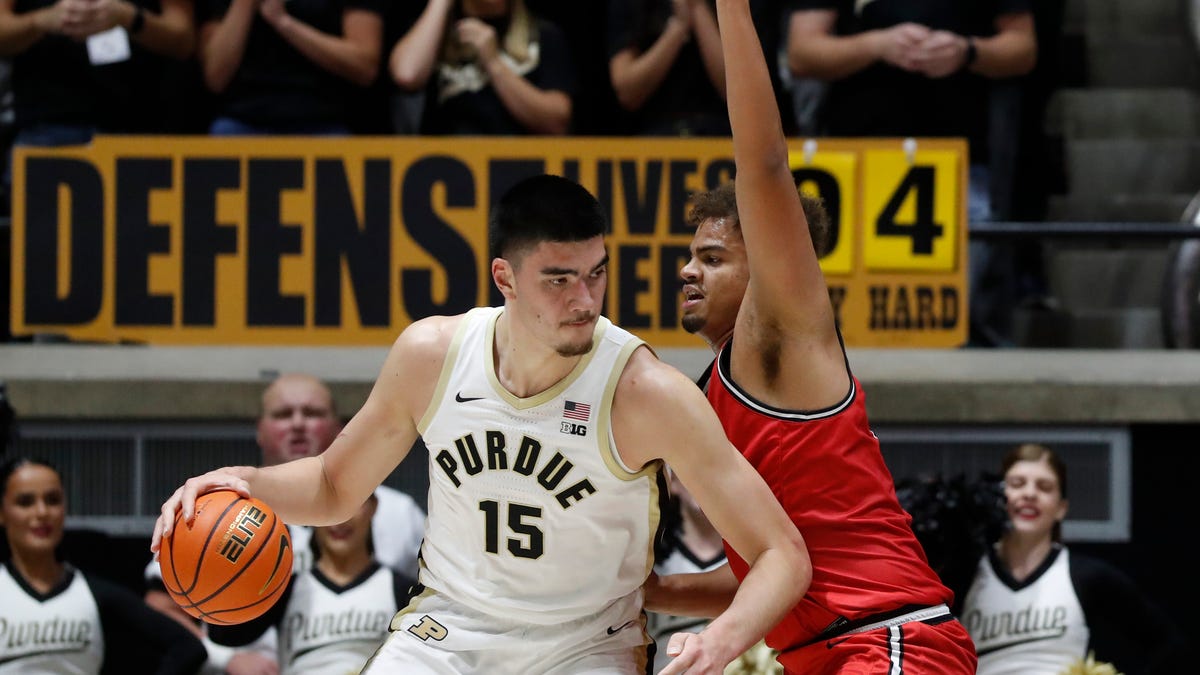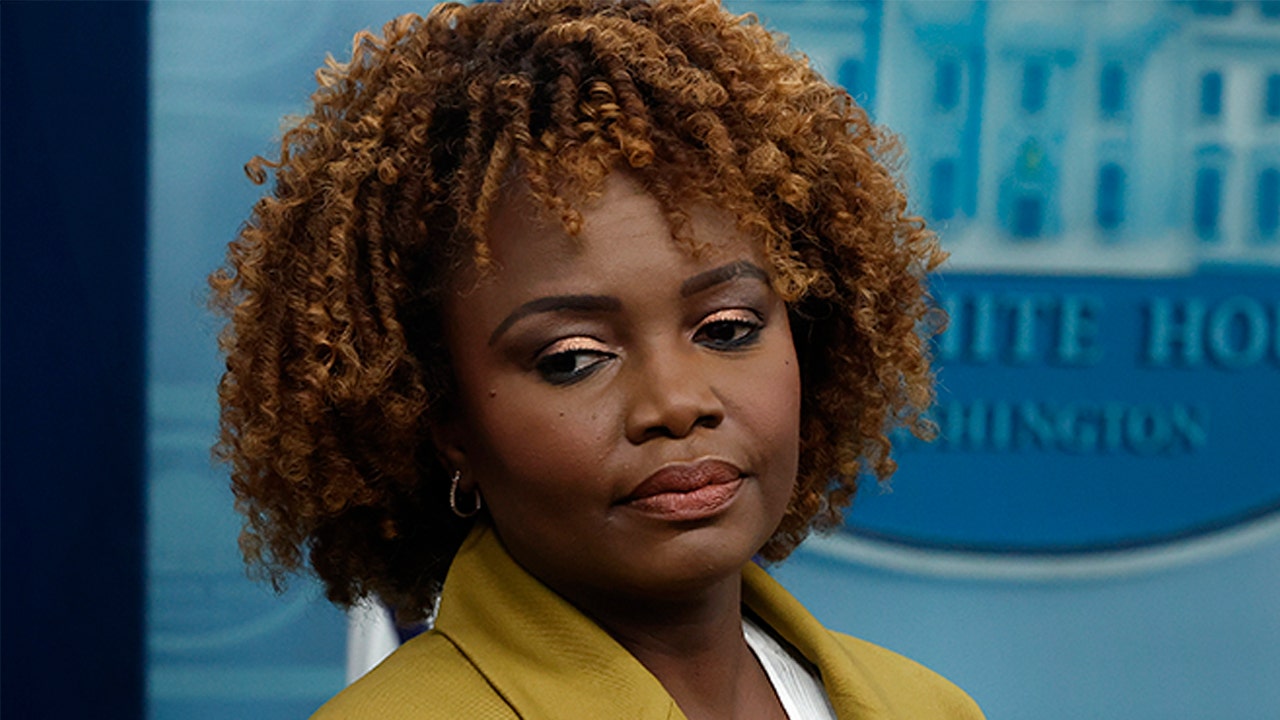World
Hope and anger in Gaza as talks to stop Israel’s war reconvene
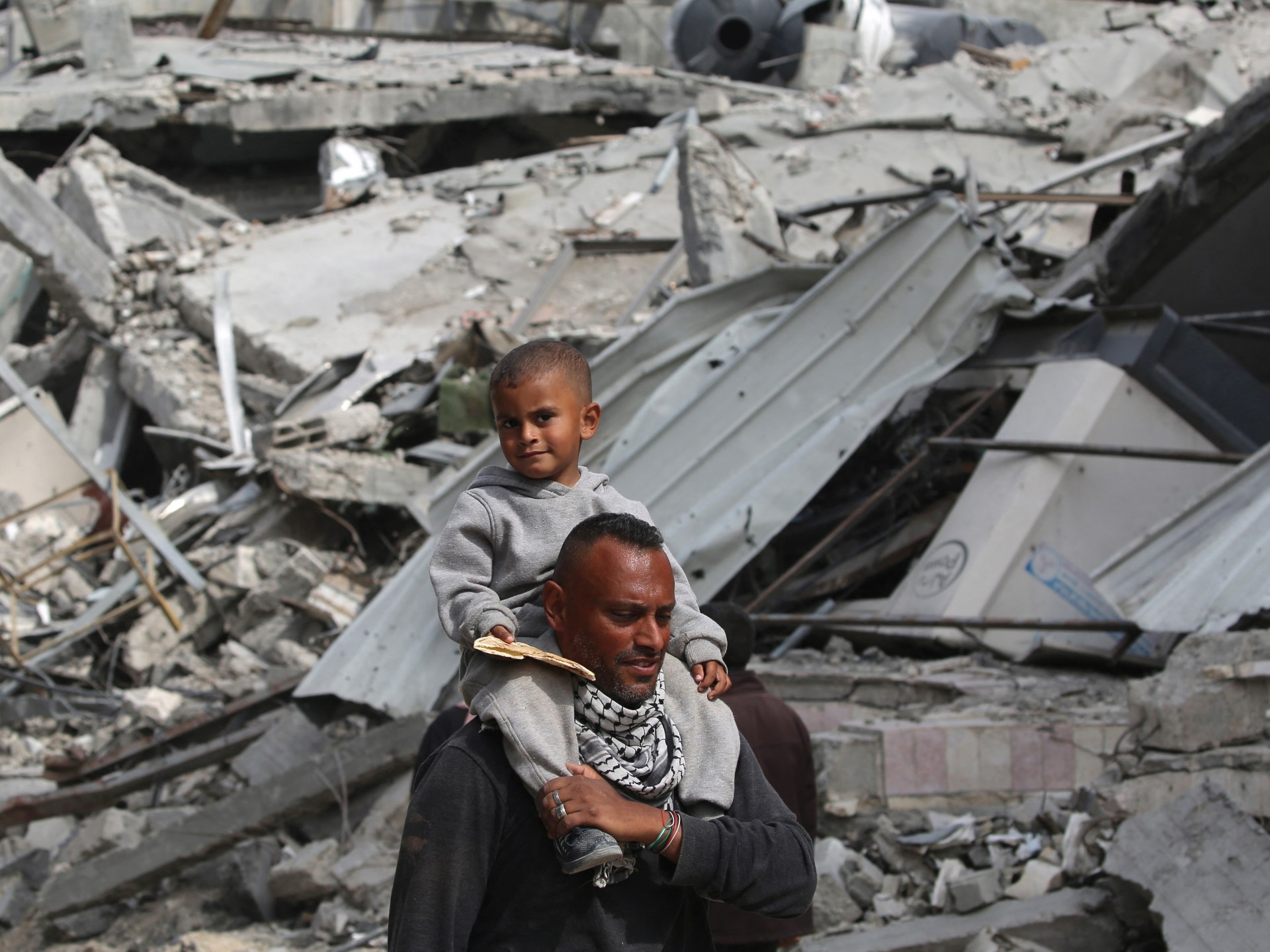
As ceasefire talks continue, Palestinians are angry at the international community, which they feel has let them down.
Gaza City – After six months of war in the Gaza Strip, anger rages over the international response that has allowed it to continue as Palestinians grapple with the danger of Israeli bombs, starvation and the psychological scars of both.
Hope remains, no matter how small, that a ceasefire will happen, but the anger is stronger.
Alia Kassab, 22, says she has an unshakeable belief that the international community will continue to fail the people of Gaza again and again, as it has for six months.
The United States, Germany and many of the West’s self-styled champions of human rights have maintained their support of Israel despite growing evidence it has committed widespread war crimes.
Since October, the US has vetoed three resolutions in the United Nations Security Council that called for a ceasefire before abstaining last month and allowing one to go through. Germany has continued to supply weapons to Israel while the United Kingdom, France and others do the same.
Hope and despair in one
Any rumours coming from Cairo, where negotiators are mediating between Hamas and Israel, can ignite hope in a population yearning for rest and a moment of relative safety.
Ahmed Abu Shahla, a retired secondary school mathematics teacher, craves a break from the fighting.
“We are physically, emotionally and mentally exhausted to the point that we have forgotten what life was like before,” the 64-year-old resident of Gaza City says.
Basheer al-Farran has stopped caring. He lost his wife and three children in the early days of the war, and a ceasefire will not bring his past life back. “It doesn’t matter anymore,” he says, adding that a ceasefire only means more years living with the misery of the destruction inflicted on Gaza.
The 34-year-old banker, now living in a tent, says he would still be grateful for the opportunity to grieve in peace.
“I think politicians and governments worldwide, including the UN, are just trying to camouflage their complicity in the atrocities,” al-Farran says.
“Even the US, the UK, … purported champions of human rights, are responsible for the bloodshed because they did not stop this conflict.”
All sorts of weapons, including starvation
Even as the talks in Cairo continue, Israeli bombardments of Gaza go on as well as its blockage of aid, putting Gaza’s most vulnerable at even more risk.
“Months ago, medical institutions warned that Gaza would face catastrophic consequences if the blockade persisted and the war continued,” Abed Abu Kenzi, a physician at al-Shifa Hospital, says.
“But unfortunately, all we got was lip service from the international community,” he adds.
Twenty-seven people, 23 of them children, have starved to death and many families in Gaza know malnutrition all too well now.
Food, fuel and medical supplies are impossible to find or access.
“Children are … dying due to severe malnutrition,” Kenzi says.
“Additionally, respiratory problems and infection-induced kidney failure are widespread among young adults. … We’re past the stage of damage control. We’re now counting the casualties … alongside a severe collapse of the medical system.”
Talk of betrayal and of how the West looked on while people died is everywhere.
“I don’t know what it takes for the world outside to see us as humans,” 19-year-old Soad Safi said. “Humans whose dreams deserve a chance to be fulfilled. If after five months of suffering and death it’s not time to end this madness, I wonder when is?”
“I’m overwhelmed by loss, but I’ll figure it out, even better than before. … I always did,” Safi says, adding that she plans to continue her education after the war.
“They can hurt us. They can damage. But they can’t destroy us.”

World
US to require automatic emergency braking on new vehicles in 5 years and set performance standards
DETROIT (AP) — In the not-too-distant future, automatic emergency braking will have to come standard on all new passenger vehicles in the United States, a requirement that the government says will save hundreds of lives and prevent thousands of injuries every year.
The National Highway Traffic Safety Administration unveiled the final version of the new regulation on Monday and called it the most significant safety rule in the past two decades. It’s designed to prevent many rear-end and pedestrian collisions and reduce the roughly 40,000 traffic deaths that happen each year.
“We’re living through a crisis in roadway deaths,” Transportation Secretary Pete Buttigieg said in an interview. “So we need to do something about it.”
It’s the U.S. government’s first attempt to regulate automated driving functions and is likely to help curb some of the problems that have surfaced with driver-assist and fully automated driving systems.
Although about 90% of new vehicles have the automatic braking standard now under a voluntary agreement with automakers, at present there are no performance requirements, so some systems are may not be that effective. The new regulations set standards for vehicles to automatically stop and avoid hitting other vehicles or pedestrians, even at night.
“Part of how I think we’re going to turn the corner on the unacceptable level of roadway deaths that we just lived with for my entire lifetime is through these kinds of technologies,” said Buttigieg, who is 42. “We need to make sure we set high performance standards.”
The regulation, which will require additional engineering to bolster software and possibly add hardware such as radar, won’t go into effect for more than five years. That will give automakers time to bolster their systems during the normal model update cycle, NHTSA said.
It also will drive up prices, which NHTSA estimates at $354 million per year in 2020 dollars, or $82 per vehicle. But Buttigieg said it will save 362 lives per year, prevent about 24,000 injuries and save billions in property damage.
Critics say the standards should have come sooner, and that they don’t appear to require that the systems spot people on bicycles, scooters or other vulnerable people.
The new rule requires all passenger vehicles weighing 10,000 pounds (4,500 kilograms) or less to have forward collision warning, automatic emergency braking and pedestrian detection braking.
The standards require vehicles to stop and avoid hitting a vehicle in front of them at speeds up to 62 miles per hour (100 kilometers per hour). Also they must apply the brakes automatically at up to 90 mph (145 kph) if a collision with vehicle ahead is imminent.
The systems also have to spot pedestrians during the day and night, and must stop and avoid a pedestrian at 31 mph to 40 mph (50 kph to 64 kph) depending on the pedestrian’s location and movement.
The agency said that in 2019, nearly 2.2 million rear-end crashes were reported to police nationwide, killing 1,798 people and injuring 574,000 others. Sixty percent of fatal rear-end crashes and 73% of injury crashes were on roads with speed limits of 60 mph (97 kph) or below.
In addition, there were 6,272 pedestrians killed in crashes, with 65% of those people being hit by the front of a passenger vehicle.
The vast majority of deaths, injuries and property damage happens at speeds above 25 mph (40 kph), speeds that are not covered by the voluntary agreement, the agency said.
“Only regulation can ensure that all vehicles are equipped with AEB (automatic emergency braking) that meet minimum performance requirements,” the regulation says.
NHTSA would conduct random tests to determine whether automakers are meeting the standards.
The agency said it isn’t requiring what type of sensors each automaker must have to meet the requirements. That’s up to the automakers. But in testing of 17 vehicles, only one — a 2023 Toyota Corolla equipped with cameras and radar — met the standards.
The regulation said radar would have to be added to about 5% of the systems in order to comply with the requirements.
Cathy Chase, president of Advocates for Highway and Auto Safety, said the new standards will make it clear to car buyers that AEB will work properly. Most consumers, she said, are unaware that there are no requirements in place now.
“By and large, it’s better to have AEB than not have AEB,” she said. “So once the AEB rule is put into place, once again the federal government will be doing its job and protecting consumers.”
NHTSA said it changed its original proposal, giving automakers more than five years to meet the standards instead of three. Chase said shorter would be better.
“The shorter the timeline, the more people are going to be saved, the quicker these are going to get into cars and our roadways are going to be safer for everyone,” she said.
Chase said she is not pleased that the rule does not appear to include standards for bicyclists or people using scooters.
World
Funeral services are held for a Chicago police officer fatally shot while heading home from work
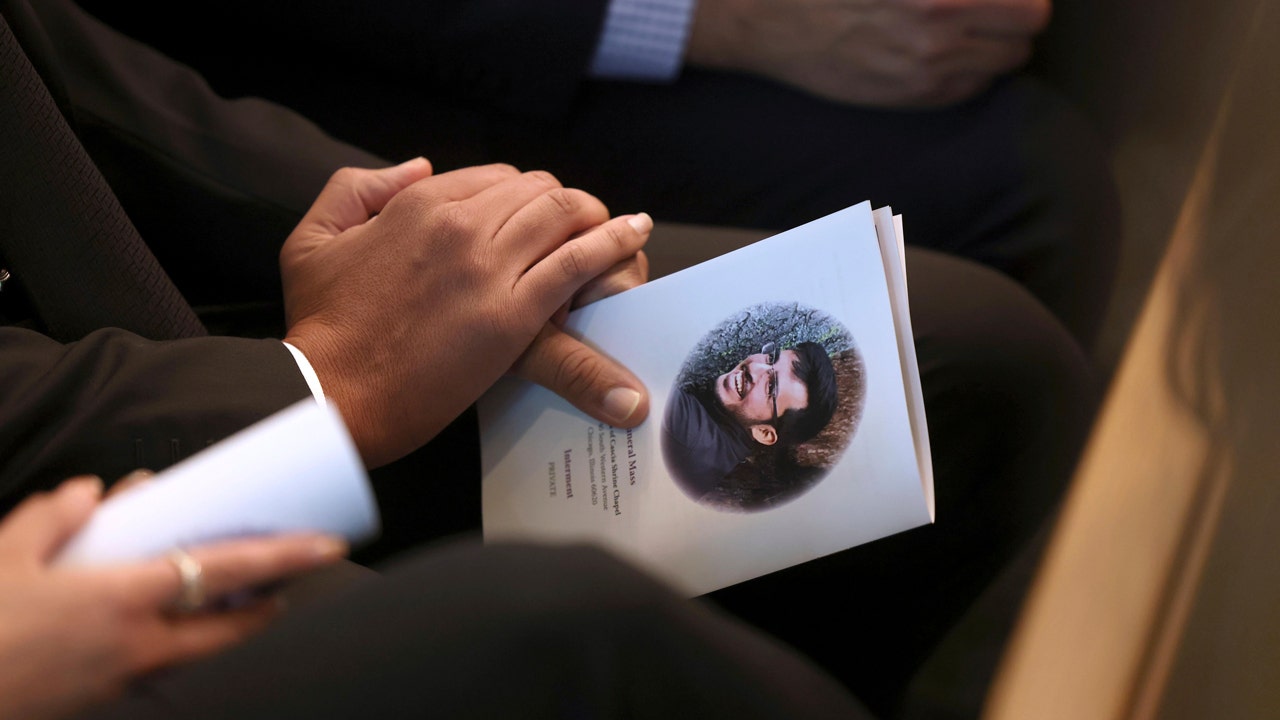
Hundreds of mourners lined the streets Monday to say farewell to a Chicago police officer who was shot to death while off-duty and heading home from work.
Police officers, firefighters and others gathered along the funeral procession route to St. Rita of Cascia Shrine Chapel in Chicago to remember 30-year-old officer Luis M. Huesca. The six-year veteran of the police department was just two days shy of his 31st birthday when he was slain.
CHICAGO POLICE ID SUSPECT WANTED IN MURDER OF OFFICER LUIS HUESCA, OFFER $100K REWARD
Huesca was shot multiple times shortly before 3 a.m. on April 21 on the city’s Southwest Side. He was pronounced dead at a hospital.
The funeral program for Chicago police Officer Luis M. Huesca on April 29, 2024 at St. Rita of Cascia Shrine Chapel. Hundreds of mourners lined the streets to say farewell to the police officer who was shot to death while off-duty and heading home from work. (Antonio Perez/Chicago Tribune via AP)
Huesca was in uniform but wearing something on top of the uniform to cover it as is customary for off-duty officers, Superintendent Larry Snelling said.
Police have said that officers responded to a gunshot detection alert and found the officer outside with gunshot wounds. His vehicle was taken, but police have not confirmed whether the shooting was part of a carjacking.
An arrest warrant was issued last week for a 22-year-old man suspected in the shooting. The Associated Press is not naming the suspect because he has yet to be captured and arraigned.
Police have said the man should be considered armed and dangerous.
Chicago Mayor Brandon Johnson’s schedule released Sunday night said he would attend Huesca’s funeral but an update sent to reporters Monday morning said he would not be present.
The change came after Illinois Comptroller Susana Mendoza, a Democrat, said in an early Monday morning post on the social platform X that the officer’s mother asked Mendoza to tell Johnson he was “unwelcome” at the funeral. Mendoza said she and state Rep. Angelica Guerrero-Cuellar, also a Democrat, called Johnson on Sunday night to pass on the message.
“We continue to send our deepest condolences to the family and colleagues of Officer Luis Huesca as they heal from the loss of their beloved son, nephew, brother and friend,” Johnson said in a written statement Monday morning. “As mayor, I vow to continue supporting our police and first responders, uniting our city and remaining committed to working with everyone towards building a better, stronger, safer Chicago.”
Huesca was friends with Chicago police officer Andrés Vásquez Lasso who was slain in March 2023 during a shootout after responding to a domestic violence call. Huesca had honored Vásquez Lasso in a video.
Fellow officer Lucia Chavez said during Monday’s service that she was friends with Vásquez Lasso and Huesca.
“When we were at the academy, I remember … that during our training the instructor said ‘this uniform makes us family. If one fell, we all fell,’” Chavez said. “I didn’t understand that. Now, I do. I lost Andrés first. And now, Luis. I lost my two classmates, my best friends, my brothers. The violence in this city took them away from me, from us.”
Snelling, the superintendent, said Huesca “left an impression.”
“He was always trying to leave things better than he found them,” Snelling said. “The protection of others is what he wanted every single day.”
Huesca was born in Chicago’s Avondale community. He earned his bachelor’s degree in business administration at the University of Illinois at Chicago, according to his obituary.
He is survived by his parents, Emiliano and Edith Huesca; a sister, Liliana O’Brien; and a brother, Emiliano Huesca Jr.
World
Polish farmers suspend blockade of Ukraine border
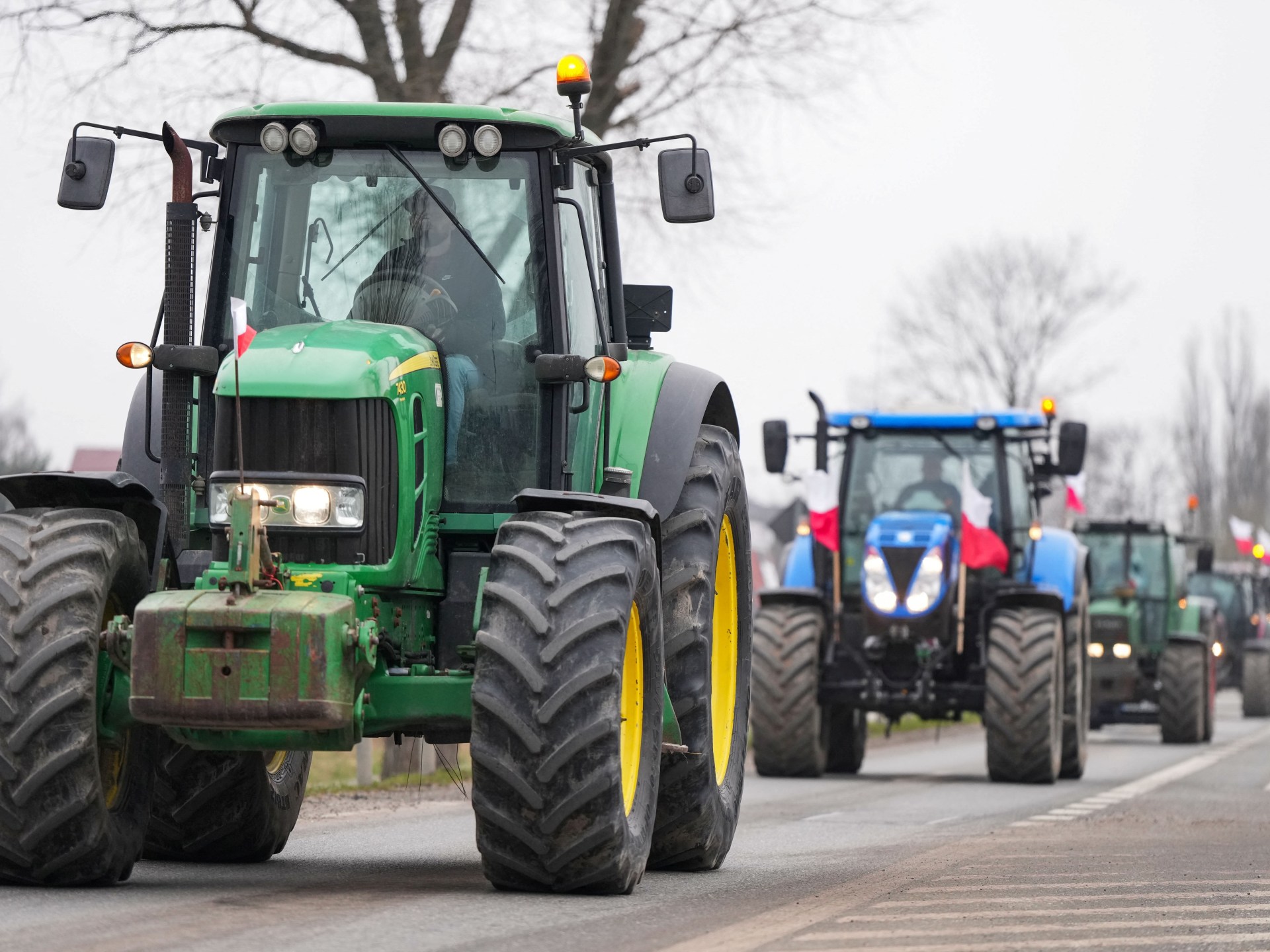
Polish farmers end blockade at the Ukraine border, after months of protests over cheap imports.
Polish farmers have called off their protest at the last border crossing with Ukraine, lifting a blockade that has dragged on for months, soured bilateral relations and buffeted Ukraine’s trade.
Truckers in Poland began blocking the border late last autumn, angered by what they said was Ukraine’s use of a wartime easing of border restrictions to win market share.
Farmers later joined their ranks, complaining about cheap Ukrainian food imports.
Polish farmers ended their blockade of the Rava-Ruska crossing on Monday morning, Ukraine’s border guard spokesman said, following months of diplomacy by Kyiv.
“Fortunately, we have all directions on the border with Poland unblocked,” said Andriy Demchenko, the border official, adding that trucks were crossing in both directions. Poland’s border guard spokesman confirmed that comment.
Mykola Solskyi, Ukraine’s minister of agrarian policy and food, praised what he said was “constructive work” by Poland.
Ukraine’s daily average food exports by truck were up almost 20 percent on Monday compared with mid-April, said Taras Vysotsky, Solskyi’s first deputy.
Trucks carrying grain, the issue at the heart of the Polish-Ukrainian dispute, will still face checks on the Polish side, Kyiv officials said.
‘A thing of the past’
Ukraine’s ambassador to Poland, Vasyl Zvarych, said he believed the blockades were “a thing of the past”.
However, Roman Kondrow, the leader of a local farmers’ organisation in the region bordering Ukraine, said protests could resume if needed, Polish news agency PAP reported.
Adrian Wawrzyniak, a spokesperson for the Solidarity farmers’ union, told the Reuters news agency the farmers were continuing talks with the government and planned a protest in Warsaw on May 10.
In an attempt to address the protesters’ demands, Poland decided this month to pay 2.1 billion zlotys ($522m) in subsidies to farmers to compensate them for low grain prices.
The protests drew sharp criticism from Ukraine during the winter, when protesters spilled grain from trucks and train carriages.
Warsaw and Kyiv have been engaged for months in talks at different levels to try to find a solution, with Ukraine calling on the European Union to intervene.
Kyiv says its agricultural exports via Eastern Europe have not damaged EU markets, but that its trade has suffered from the protests. Ukraine has not published full data for its economic losses.
Ukraine is a major European grain producer. Talks on its agricultural sector are expected to be a central issue during its negotiations to join the EU.
-

 News1 week ago
News1 week agoIs this fictitious civil war closer to reality than we think? : Consider This from NPR
-

 World1 week ago
World1 week agoShipping firms plead for UN help amid escalating Middle East conflict
-

 Politics1 week ago
Politics1 week agoICE chief says this foreign adversary isn’t taking back its illegal immigrants
-

 Politics1 week ago
Politics1 week ago'Nothing more backwards' than US funding Ukraine border security but not our own, conservatives say
-

 News1 week ago
News1 week agoThe San Francisco Zoo will receive a pair of pandas from China
-

 World1 week ago
World1 week agoTwo Mexican mayoral contenders found dead on same day
-

 Politics1 week ago
Politics1 week agoRepublican aims to break decades long Senate election losing streak in this blue state
-

 World1 week ago
World1 week agoBrussels, my love? The EU single market is not sexy enough for voters



